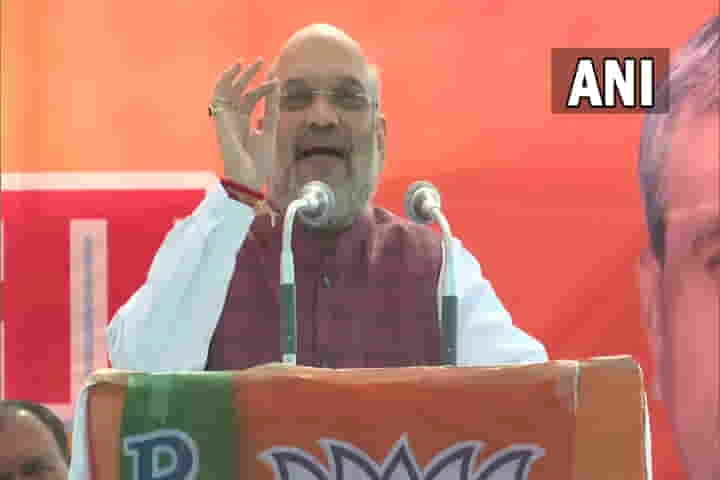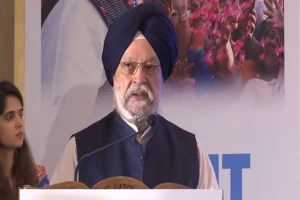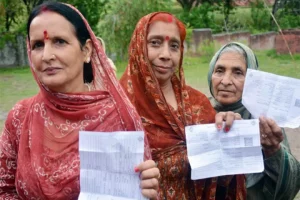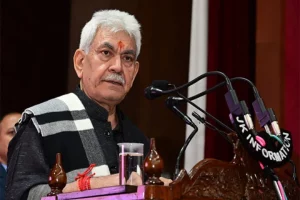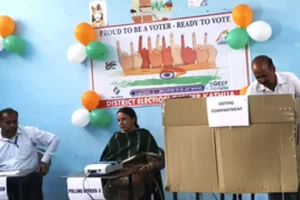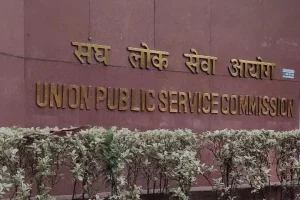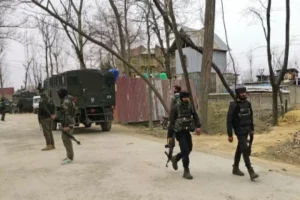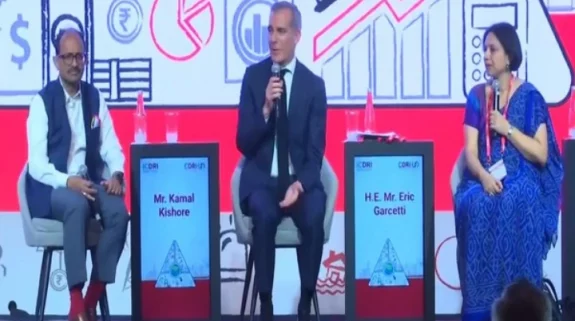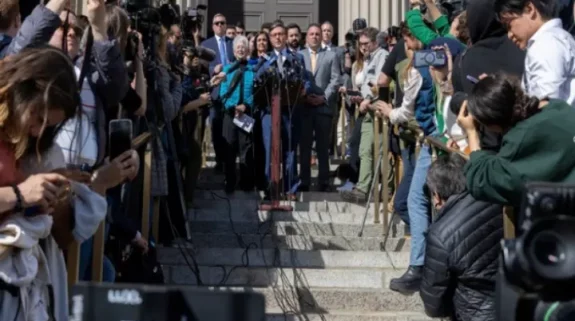Until August 2019, when Jammu and Kashmir was stripped of its special status and reorganised into the two separate Union Territories (UTs) of J&K and Ladakh, Prime Minister Narendra Modi as well as the Union Home Minister Amit Shah, used to be frequent visitors to Srinagar and Jammu.
The Central interventions of 5 August 2019 in Jammu and Kashmir were the BJP Government’s biggest gamble ever since it assumed power under Modi in the year 2014. All four of the former Chief Ministers—Farooq Abdullah, Ghulam Nabi Azad, Mehbooba Mufti and Omar Abdullah—had warned New Delhi against abrogating Article 370 and 35-A, invariably asserting that such an action would sever J&K’s relationship with the Union of India.
Farooq and Mehbooba went to the extent of claiming that nobody in Kashmir would carry the Indian flag after abrogation of Article 370. Not only the politicians of almost all the mainstream parties, with the exception of BJP, but also most of the Police and civil officers believed that the reorganisation would trigger a fresh political turmoil in which hundreds or thousands of the Kashmiris would get killed.
According to the then Governor Satya Pal Malik, even the Chief Secretary believed that ten thousand civilian demonstrators would get killed. Almost all the Kashmir experts believed that the BJP’s ambitious move would engulf the whole of the Kashmir valley in stone pelting and there would be extremely violent attacks on the Police and security forces in normal law and order duties and the counterinsurgency operations. Many in the valley feared a flare up worse than the street turbulence of 2008, 2010 and 2016.
Interestingly, and contrary to all apprehensions, the valley of Kashmir remained calm and cool and everybody proved wrong. The stone pelting that had left Kashmir devastated from 2016 to 2019, subsided completely. Funeral processions and gun salutes by the militants to their slain associates vanished fully after the authorities, for the first time since 1989, decided not to hand over bodies of the slain militants to their families. All the militants getting killed in encounters with security forces were buried in makeshift cemeteries in distant areas of Baramulla and Ganderbal.
The only disturbance came in the form of some cowardly terror attacks on soft targets. In the last many years, militants have lost the capacity of attacking the Police and armed forces. Their only successful strike was a suicide attack on the paramilitary Central Reserve Police Force (CRPF) in which 40 personnel were killed in February 2019. Most of the fatal casualties, before and after August 2019, were those of the militants’ soft targets, including unarmed Policemen, members of the Panchayati Raj Institutions and urban local bodies.
The first attempt to keep the pot boiling was the enforcement of a months-long shutdown on the gun point. A prominent wholesale dealer was shot dead for keeping his businesses open in Srinagar. There were attacks on the fruit merchants in Sopore and the transporters and non-State workers and drivers in Shopian and Pulwama. Passenger transport, including the school bus fleets, was not permitted to operate for three months. By the time the fear of the gun receded with a thaw in the winter of 2019-20, there was an outbreak of the Coronavirus pandemic.
Some civilian killings and other incidents of terror happened parallel to the pandemic in 2020. However, more than 30 soft targets were eliminated in the year 2021. Most of these attacks were carried out either on the unarmed Police personnel or the civilians perceived to be on the Indian side. CCTV and bodycam footage of the terrorists showed how most of the victims were attacked from behind.
The killing of 11 civilians, including 7 from the minority Hindu and Sikh communities, in the last 21 days of October 2021, has indeed spread a fresh spell of fear. Nevertheless, most of the Kashmiri Pandit families are still staying back. Officials admit some 10,000 of the 3 lakh non-J&K workers have left the valley.
Home Minister Amit Shah is conducting his first visit to Jammu and Kashmir after August 2019 in this atmosphere of fear on 23, 24 and 25 October. Ahead of his arrival in Srinagar on Saturday, senior officials of the union Ministry of Home Affairs and the heads of CRPF, BSF and Intelligence Bureau are camping in Srinagar. Immediately after his arrival, Director IB Arvind Kumar held a series of meetings with the senior officials of the J&K Police and security forces. Knowledgeable sources said that the agenda of these meetings was not only to ensure complete peace during Shah’s visit but also to find how a sense of security would be restored to the vulnerable sections and potential targets of the terrorists.
Amid a series of meetings with the top security, Police and intelligence officials, Shah is scheduled to inaugurate 5 major infrastructure projects through virtual mode from SKICC in Srinagar on Saturday. He would also flag off the first direct flight between Srinagar and Sharjah (UAE) on the same day. Officials said that he would also hand over appointment orders to some of the recent appointees in different government departments including some migrants selected for recruitment under Prime Minister’s special programme.
While the urban local bodies and Panchayat elections had been held in 2018, Block Development Council elections were conducted two months after the State’s conversion into a UT in 2019. Finally the first District Development Council elections were held with massive voter participation in October-November 2020.
The BJP Government’s foremost agenda now is to hold the first Assembly elections after the August 2019 transformation in the UT of Jammu and Kashmir. The delimitation process, as required under J&K Reorganisation Act 2019, is already underway since March 2020. Shah’s significant achievement is the perceptible realisation among many of the J&K politicians that abrogation of Article 370 and 35-A is a fait accompli. He has changed the discourse from azaadi, autonomy and special status to just restoration of the Statehood which is his own commitment made on the day of discussion in the Parliament on the Reorganisation Bill.
Also Read: All set for historic flight from Sharjah to Srinagar as Amit Shah heads for Jammu and Kashmir
Also Read: Is the current surge in terror attacks an attempt to sabotage Amit Shah’s Kashmir visit ?






